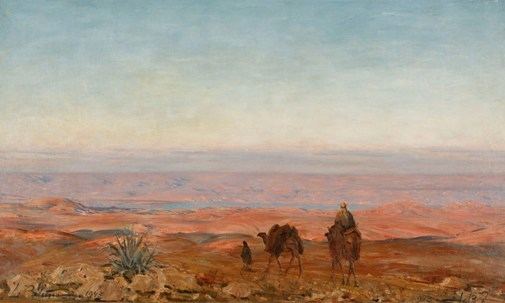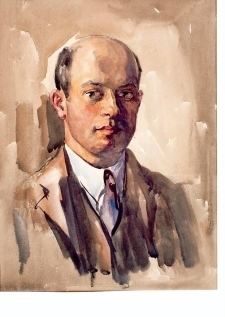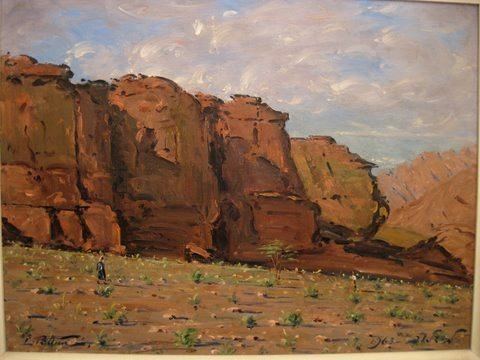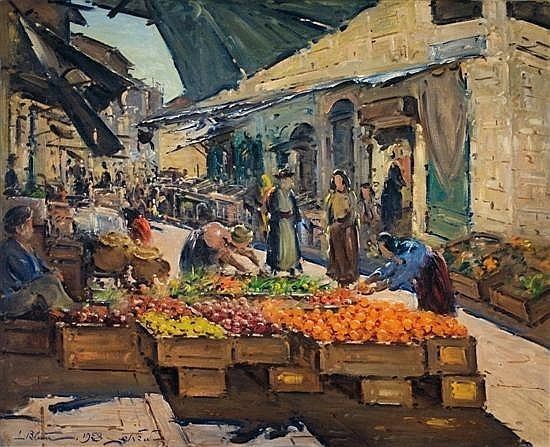Occupation Painter Name Ludwig Blum | Role Painter | |
 | ||
Born 1891 Brno, Czechoslovakia | ||
Zeev Lahish Ludwig Blum
Ludwig Blum (1891–1975) was a Czechoslovakia-born Israeli painter. He emigrated to Israel in 1923, as part of the Third Aliyah, and became known as "the painter of Jerusalem".
Contents

Early life

Ludwig Blum was born in 1891 in Brno, Czechoslovakia. He emigrated to Israel in 1923, as part of the Third Aliyah. He served in the First World War. He was privately educated in Vienna and later attended the Academy of Fine Arts in Prague.
Career

Upon his arrival in Israel, and as a dedicated Zionist, he started paintings scenes of everyday life and landscapes in Israel. He did many paintings of Jerusalem (including the Western Wall and the Mount of Olives), Tel Aviv, the Sea of Galilee and the Judaean Mountains. Additionally, he painted some kibbutzs: Kiryat Anavim and Degania Alef, and the lives of Israeli soldiers, including the Palmach. He also painted copper mines in the Timna Valley. He also painted the Arch of Constantine in Rome, Italy, and a vase of roses.

He became known as "the painter of Jerusalem". In 1933, his painting entitled simply Jerusalem was honoured at the Royal Academy of Arts in London. In 1967, he received the Yakir Yerushalayim from the City of Jerusalem.
In 2011 the Museum of Biblical Art in Manhattan held an exhibition of Blum's paintings.
Death
He died in 1975 in Jerusalem.
